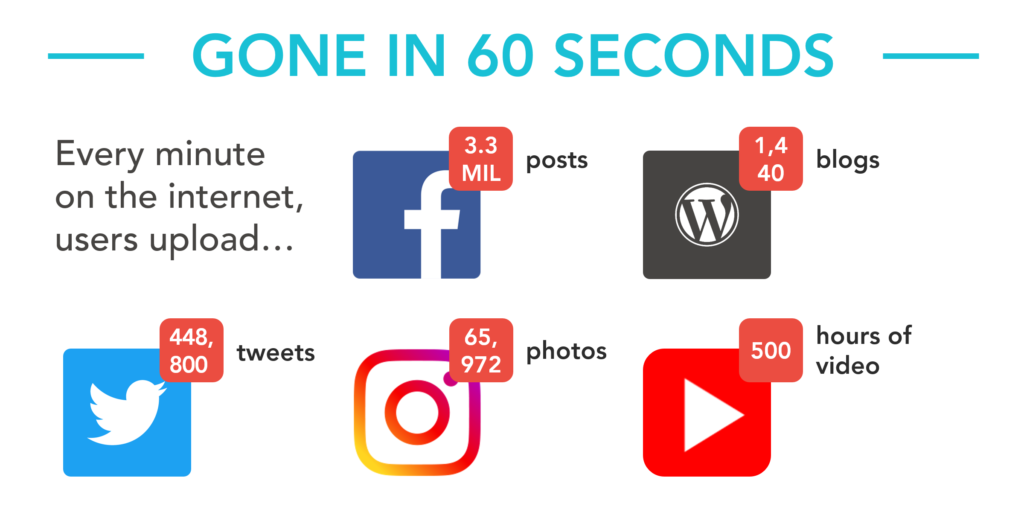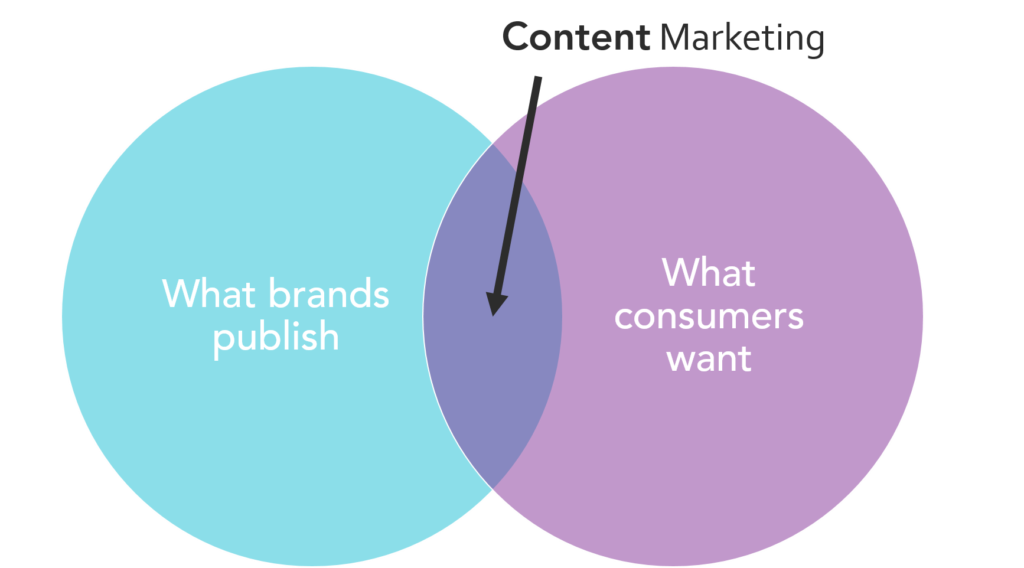This is the fourth post in our Content Marketing 101 series. Make sure to subscribe to our blog for more helpful tips for marketers.
Welcome to Part 4 of our Content Marketing series. As we covered in Part 1, Content Marketing is a lot more than just writing copy; it’s a comprehensive process focused on creating content pieces for specific audiences to drive consumer action and achieve business goals. It’s a process that requires a lot of effort behind-the-scenes before any content is ever created.
To give you an idea of what goes into developing a Content Marketing strategy, we’ve summarized the process into an easy-to-follow to do list below. But, unlike most listicle blog posts this to do list comes with no promises that executing the steps will be effortless or quick. Creating effective content isn’t always easy, but when done right, it’s a proven way for your brand to connect with consumers.
To do list – 10 steps you need to complete before launching Content Marketing campaigns
No. 1: Align campaigns with your business goals
At the onset of any marketing initiative, it’s important to make sure campaign objectives align with the overall goals of your organization. Before launching Content Marketing efforts, determine the goals that are most important to your brand and consider the role your marketing team plays to support these goals.
Is your marketing team charged with increasing brand awareness, guiding prospective customers through the buying journey, empowering prospects by providing them the information they need to become customers? Chances are, it’s a combination of these objectives and more. Making a list of your brand’s overall goals and understanding what your team can do to support each one is an essential step to developing content that reaches the right audiences at the right times.
No. 2: Identify your target audience
Reaching the right audiences – people who are most likely to buy your brand’s products and services – requires a deep understanding of those consumers. Building out buyer personas is an effective way to get know these audiences. Buyer personas are semi-fictional profiles of your ideal consumers that outline their needs and wants, media habits and the types of messaging that resonates best with them.
Resource:
If your brand hasn’t built out buyer personas, this template can help get you started.
No. 3: Map out your customers’ buying journeys
Now it’s time to determine what information your target audiences need at specific times in their path to purchase. By mapping out your personas’ buying journeys, you’ll get a better understanding of how consumers make relevant purchase decisions and what types of content are most effective at each stage.
This step is crucial because buying journeys are constantly changing. The internet has enabled consumers to conduct in-depth research for any buying decision. When people have a question about a purchase, they can just turn to their phones to find the products and services that best fit their needs.
According to Think with Google, mobile searches for “best” have grown by more than 80 percent in the past two years. And, this trend isn’t specific to high consideration purchases. In fact, searches for “best” are growing even faster among low-consideration products.
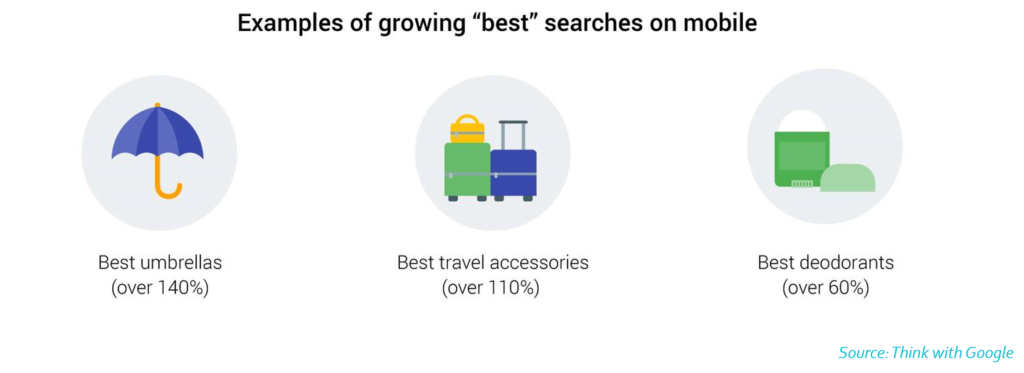
The information consumers need varies from person to person, which means these searches are also becoming much more personalized. Think with Google uses shoes for an example. Today’s consumers don’t just search for “best shoes.” They search for the shoes that are best for them.
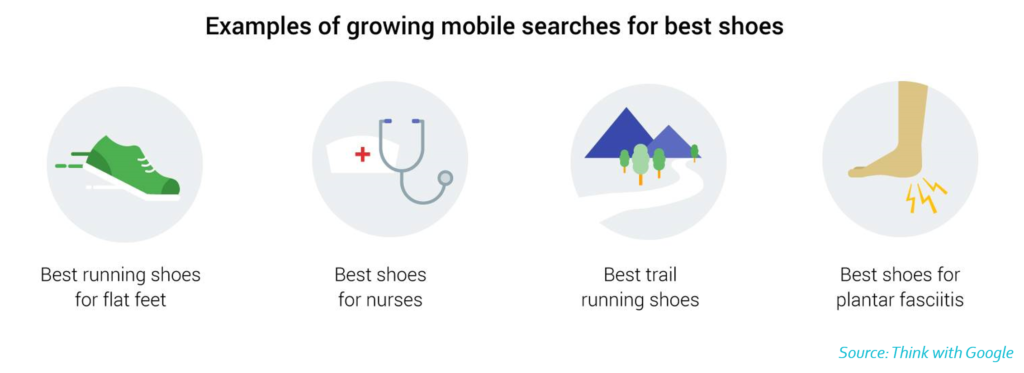
Resources
Here are some resources to help you find out how consumers are searching for your products and services.
- Google Ads Keyword Planner Tool – find search volume for relevant keywords.
- Google Trends – discover top search trends for topics related to your brand.
- Buzzsumo – analyze what content performs best for any topic on social media.
- Quora – find top questions related to your brand’s products and services.
No. 4: Identify your brand’s story
Guiding consumers through the buying journey requires messages that resonate with target audiences. Content Marketing can help you do this by sharing your brand’s story in a way that focuses on the needs and wants of the customer rather than the features and benefits of your products and services.
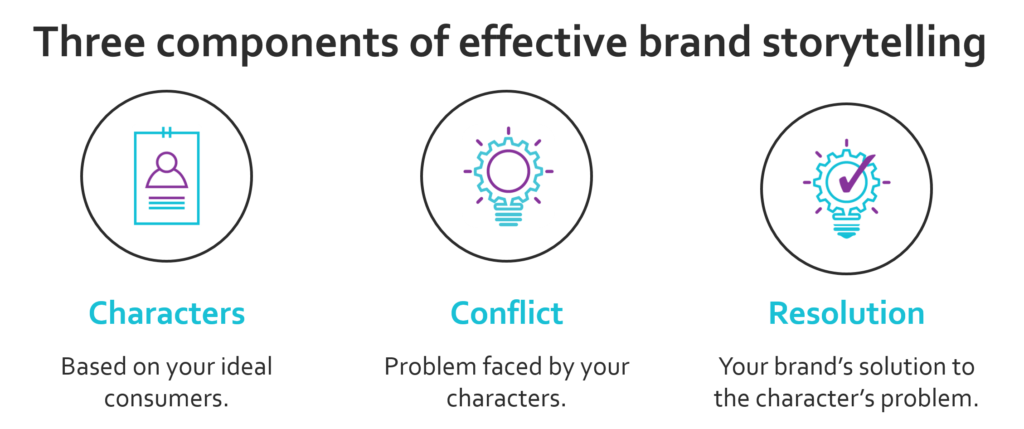
The best way to keep the resolution focused on your target audience is to figure out your brands Golden Circle – a three-question exercise to help you nail down the “why,” “how” and “what” of your brand.
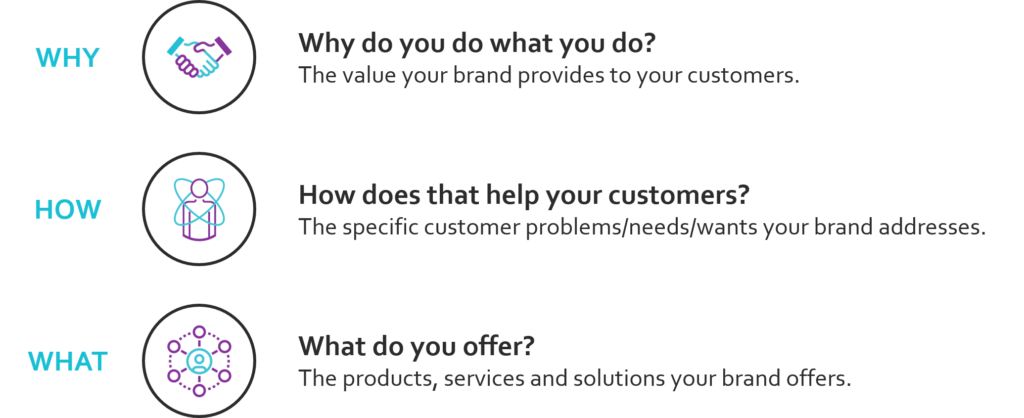
The key is to focus on your brand’s “why” and “how.” This keeps the story focused on what your products do for the consumer, rather than just what your products do.
No. 5: Set objectives for your Content Marketing campaigns
Remember, Content Marketing is about creating content with a strategic purpose to achieve business goals. Using your overall business goals from the first step, set clearly defined objectives specific to your Content Marketing strategy. This will keep you accountable and help you make optimizations based on performance.
Resources
Use the SMART framework to define effective Content Marketing goals:
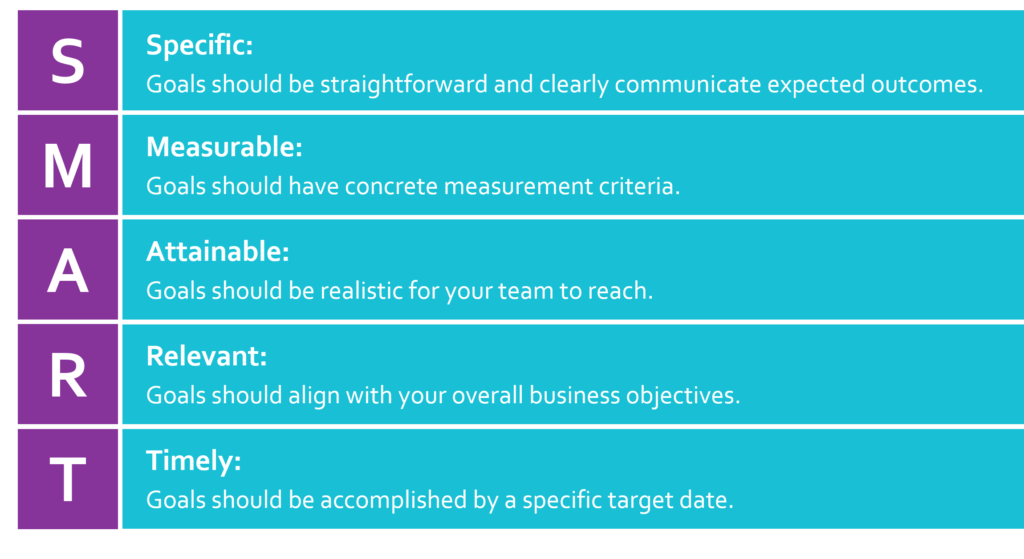
No. 6: Establish editorial rules
Before creating any content, it’s important to determine your brand’s editorial style, voice and mission. This step makes sure the content your produce:
- Focuses on the needs and wants of your target audiences.
- Aligns with your overall business goals.
- Uses consistent style rules.
- Is free of spelling errors and poor grammar.
Establishing editorial rules has two main components:
- Brand editorial guidelines – the rules that will dictate your content’s style (e.g., AP Style, Chicago Style, etc.), voice (e.g., authoritative, conversational, witty, etc.) and publishing frequency.
- Editorial mission statement – a guiding principle for creating future content that encompasses your brand’s story, unique value, business goals and buyer personas.
No. 7: Build your content team
If you decide to implement Content Marketing campaigns in-house, you’ll need to determine your team and assign members responsibilities. It’s likely that team members will take on more than one of these roles, but allowing members to focus on and own specific processes will lead to better content in the long run.
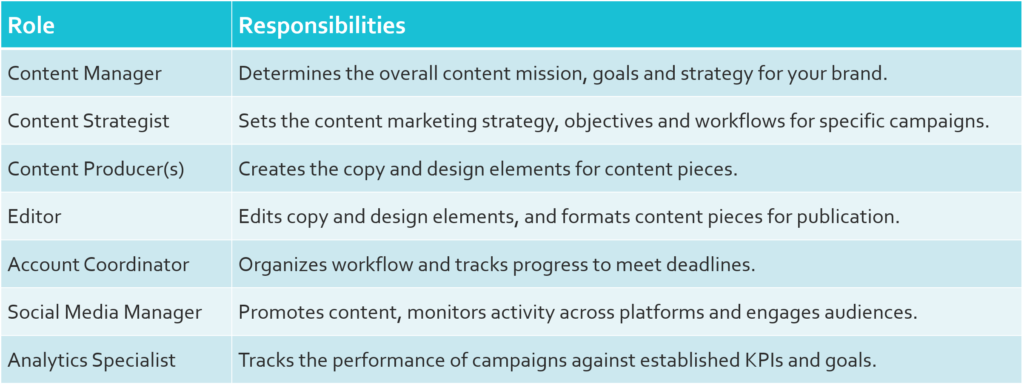
As you can see, Content Marketing is a very involved process and there’s a lot of different roles for your team to take on. That’s why a lot of brands choose to turn to outside agency partners to help them implement and manage Content Marketing campaigns.
No. 8: Establish a system for managing content
Whether it’s via Excel Spreadsheets, Google Sheets or task management software, you’ll want to create a system to manage the process of creating, publishing and promoting your content.
Resources
Here are three helpful tools you can set up to help you track your content marketing efforts. You can access free templates for each tool using the links below.
- Content Compass – a worksheet to plan out major Content Marketing campaigns.
- Blog Editorial Calendar – a calendar to plan and track blog posts.
- Social Media Calendar – a calendar to schedule and track social media posts.
No. 9: Come up with a plan to repurpose content
Creating effective content can be very time-consuming. Make sure you get the most value out of every piece of content by setting up a repurposing plan.
Here are just a few ways you can repurpose content:
- Create blog posts by breaking up long-form content pieces.
- Write a long-form content piece like an e-book by using a series of related blog posts.
- Republish content on other websites.
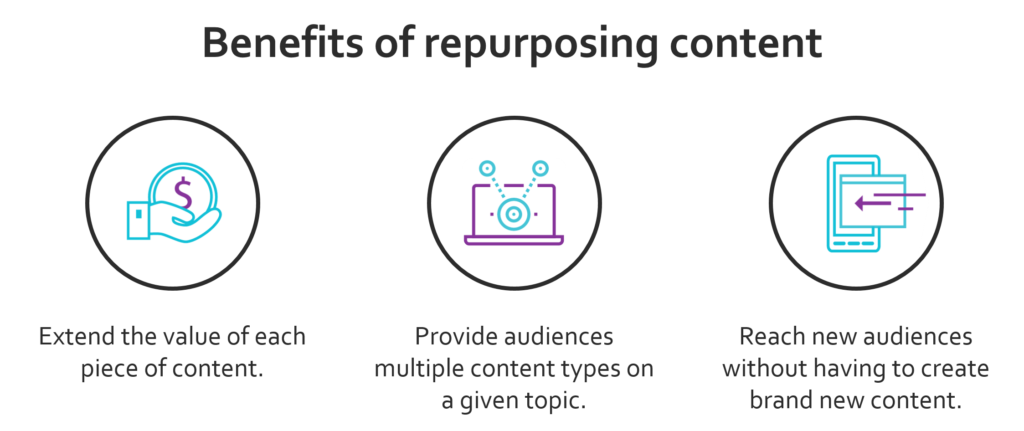
No. 10: Determine your plan to track and measure results
Implementing a Content Marketing strategy requires a lot of effort, don’t let all that work go to waste by not monitoring the performance of your content.
Start by determining which Key Performance Indicators (KPIs) you want to track. Review your goals from Step 5 and select KPIs that help you determine if your content efforts have been successful at achieving them. For example, let’s say one of your goals was to increase leads coming from your website. Obviously, you’ll want to track the number of users and visits to the site. But, a visit isn’t necessarily a qualified lead. Instead, make sure to set up tracking for site visitors who completed an action indicating they’re interested in buying – like filling a form to download a piece of content or adding an item to a shopping cart without checking out.
Resources:
There’s a lot of different tools you can use to track performance. Make sure to select the tools that are best for measuring your KPIs.
- Website analytics – tracks and reports your website traffic.
- Webmaster tools – monitors your site’s performance in search results.
- Keyword rankers – tracks the ranking of your site for relevant search terms.
- Social analytics – gathers traffic and engagement data from your social platforms.
- Customer relationship management (CRM) software – manages your brand’s relationships with prospects and customers.
- Marketing automation – tracks leads through your sales pipeline.
Next steps
These 10 steps are just the beginning of the journey, a critical rite of passage to help set you up for success. But once they’re completed, you get to move on to the fun part – creating content.
![]()
Having trouble getting started or need help improving your current content efforts? Contact Mindstream Media Group to learn how our Content Marketing solution reaches the right audiences at the right times.
Download our guide to learn everything you need to know to launch effective Content Marketing campaigns.
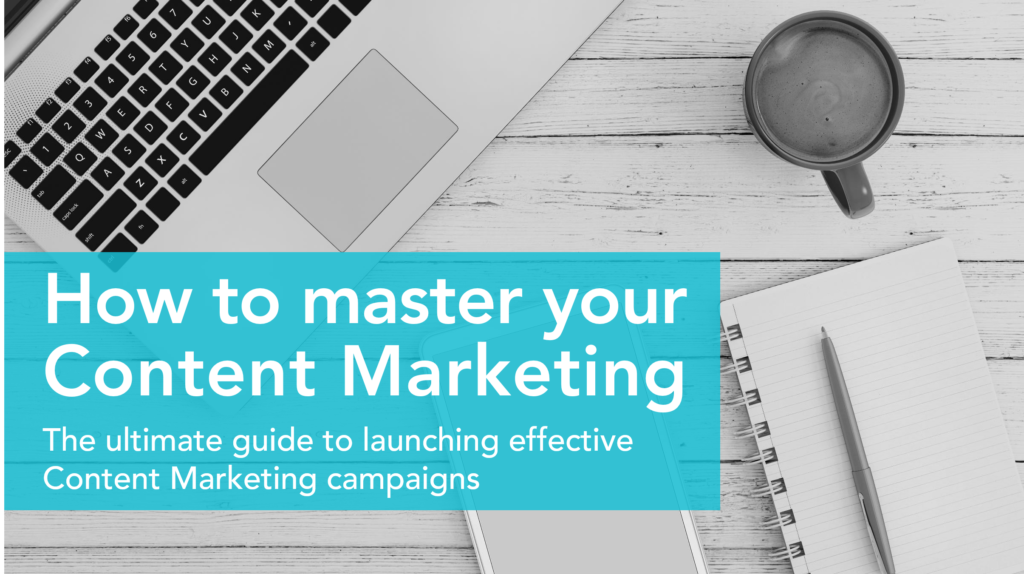



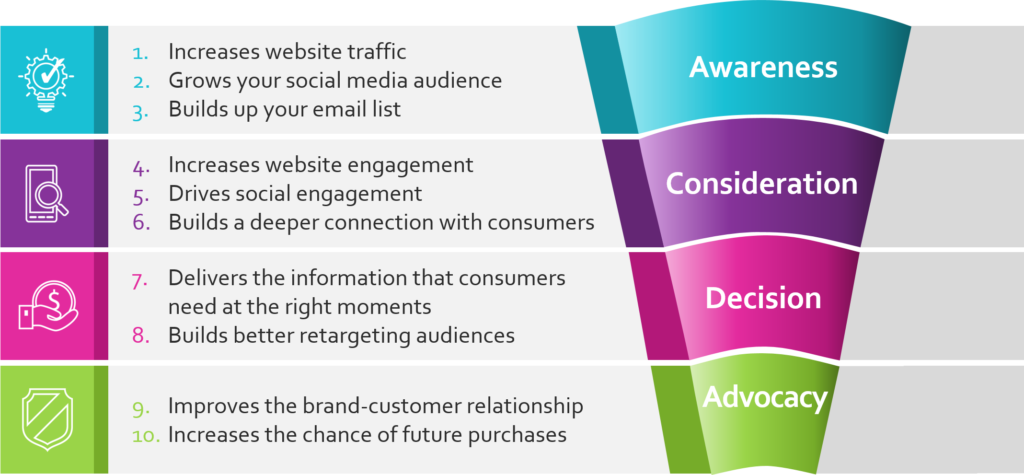
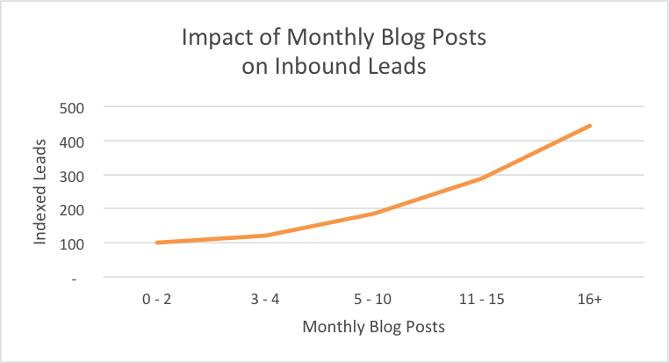
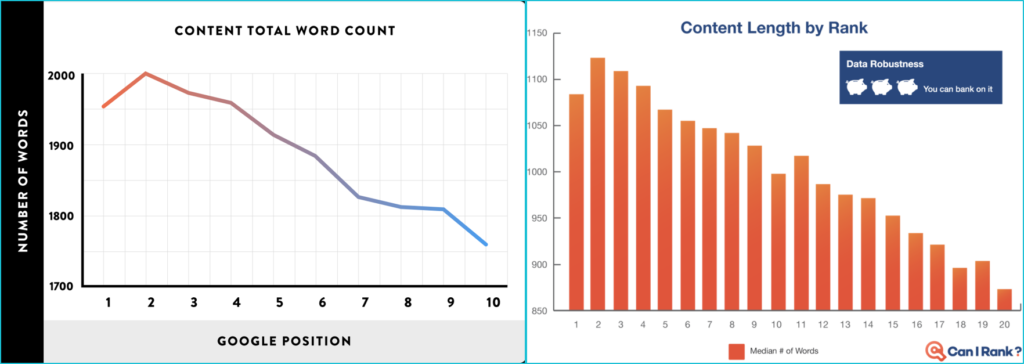 Sources:
Sources: 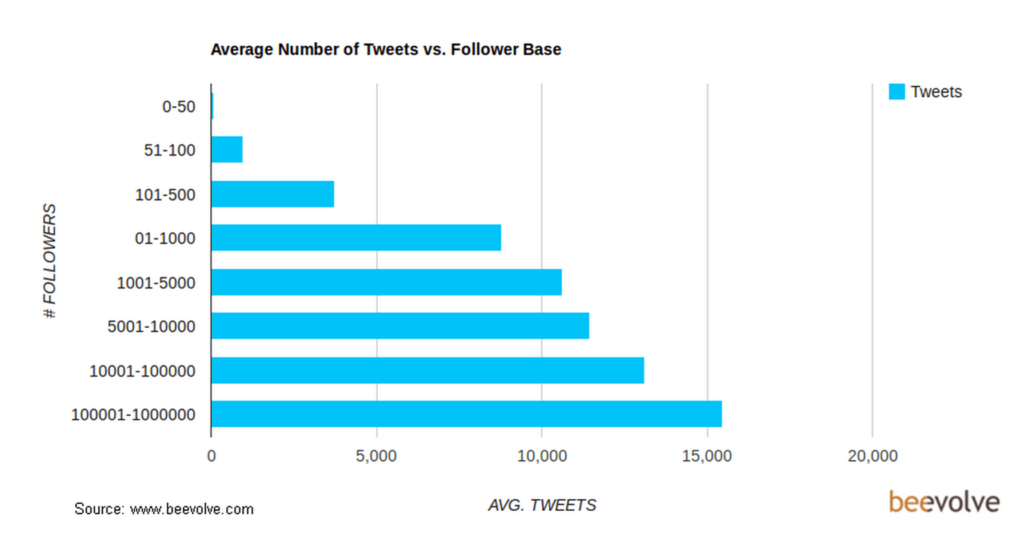
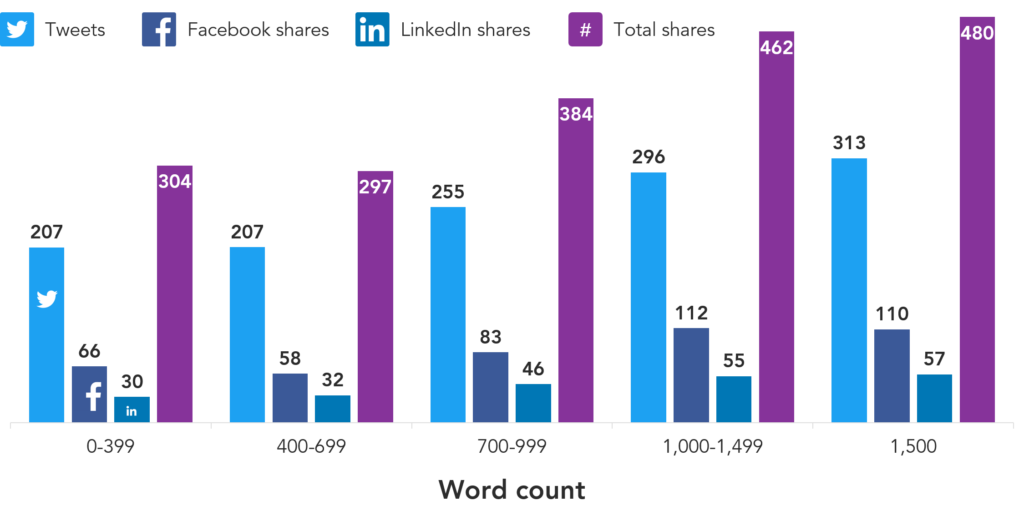 Source:
Source: 
